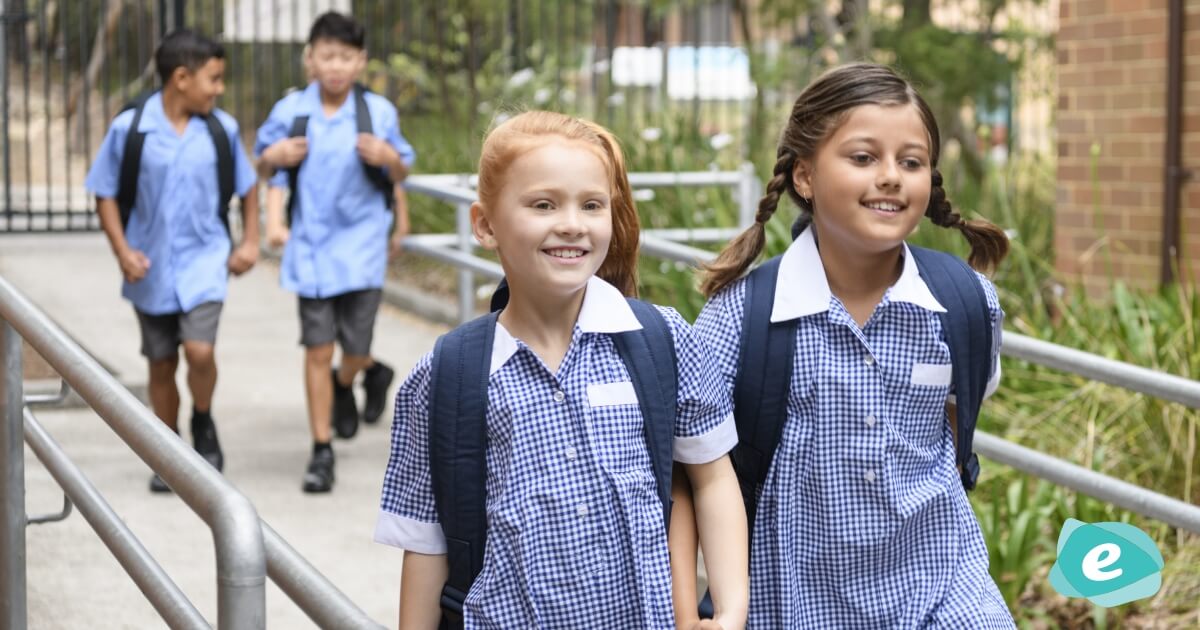
It's time to put the festive decorations away, dust the sand off our feet, and get the kids ready to head back to school.
As well as getting the right shoes, pencils and devices, many parents and carers are considering whether their child is feeling prepared for the school year ahead.
Are they ready to be a good friend? How will they deal with playground conflict? How will they go participating in a new friendship group chat?
Online and offline, new challenges await.
With digital literacy receiving greater importance in the school curriculum this year, parents can support their children by having regular conversations and encouraging them to reflect on their online activities.
To help you have these conversations, we've come up with a few ideas using this year's Safer Internet Day theme of Connect. Reflect. Protect. Simple things can help make every day a Safer Internet Day.
Connect
Help kids appreciate the benefits of technology, especially how it allows them to connect to others. Some ideas to try:
- Encourage them to name three good things about spending time online.
- Share examples of how to connect with kindness or respect. You could ask them how they make others feel included in a game?
- Check before posting a photo of others. For example, before posting a first day back at school photo. This action is a great way to help grow their understanding of consent and respect online.
Reflect
Encourage kids to reflect on what they do online and how it impacts others. Some ideas to try:
- Try fun ways to reflect on how the internet makes them feel. You could ask: if the internet was an animal, what would it be? Talk about the different qualities of the animal and explore how this relates to how they feel about being online.
- Talk about how online behaviour impacts how they and others feel. Naming a range of emotions can help kids manage tricky social situations online.
- Plan a ‘checking in’ routine for the year ahead. Discuss how often to check in and the best times and places to do it. For some young people the drive home from school might work, for others they might prefer a text message.
Protect
Make sure your child knows you are there to help them feel safe and protected online. Young people are often reluctant to seek help, so remind them that adults will listen, and they can get help. Some ideas to try:
- Help them identify trusted people they could ask for help or if they have a question about something that has happened online. This trusted person may include a teacher at school, if they want to chat with someone outside the family. They can also contact Kids Helpline (1800 55 1800).
- Explore whether parental controls can help protect your family online.
- Help your child report online abuse to the social media site, app or game, or directly to eSafety.
eSafety is here to help. Here are some handy links to support your family's online safety this year.
- Set up a family tech agreement and parental controls
- Explore ways to stay safe online for parents, kids and young people
- Learn digital skills for staying safe in games and apps using the eSafety Guide
- Get help for online issues by reporting to eSafety
- Join an eSafety webinar to help your children have positive online experiences
Sign up for the eSafety Newsletter to receive the latest online safety news, resources, and advice.




